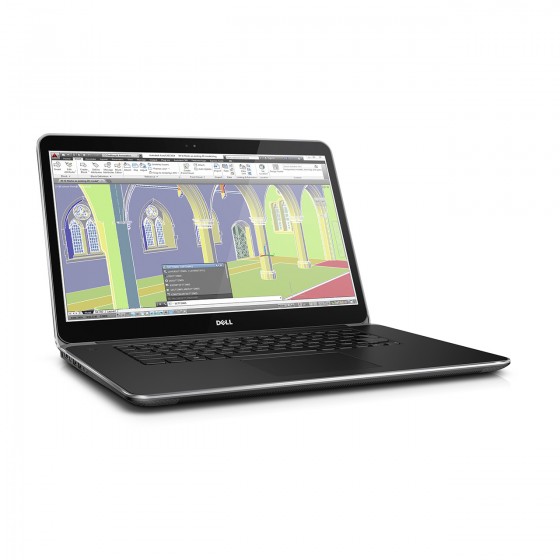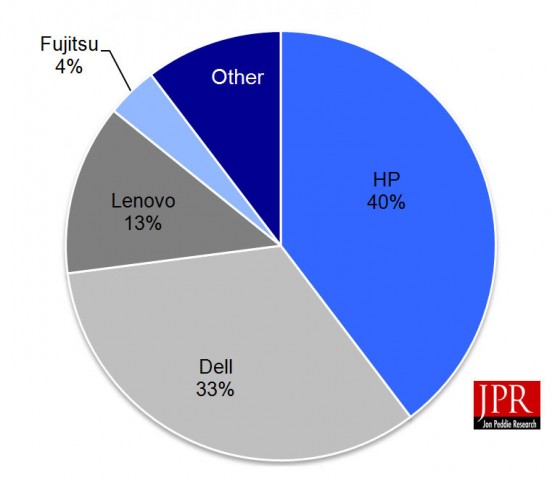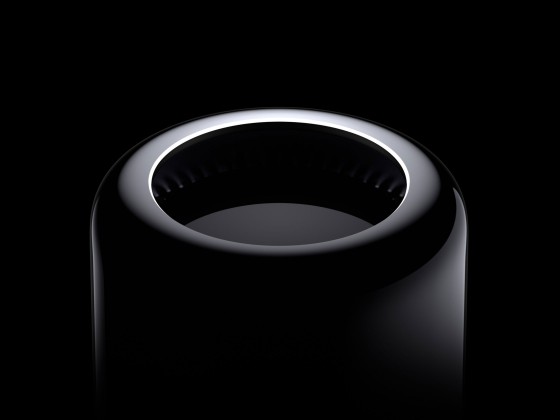Dell and AMD find new opportunities in workstations, but competition remains fierce.
“Cautious and tentative, but still headed in the right direction” is how Jon Peddie Research (JPR) senior analyst and JPR Workstation Report author Alex Herrera sums up 2014’s first quarter workstation market results. The JPR report paints a picture of a market that has more going for it than against it. Worldwide, the industry shipped approximately 945,800 workstations in the first quarter of 2014. That level corresponds to a sequential decline of 2.7% but a year-over-year (YoY) increase of 6.2%.

With one key performance metric up and the other down, how does the firm sum up the quarter, as a step forward or one backward? “As is often the case, that determination is all about context,” explains Herrera, “particularly with respect to the market’s cyclical nature. If we look back over the previous five years, we find that even in periods of general growth, Q1 results were more often down than up, with an average sequential loss of 3.8%. Given that perspective, in combination with the fairly robust 6.2% year-over-year figure, we’re inclined to give the quarter a thumbs-up, albeit a tempered one.”

Workstation unit market share by vendor
The market shares of the “big four” Tier 1 OEMs changed little in the first quarter of 2014. With 39.7% of units sold (basically flat from Q4), HP continues to dominate the workstation market, with #2 Dell at 33.3%. Lenovo and Fujitsu shipped the exact same percentage of units in the first quarter as they did in 4Q13, 12.9% and 3.9%, respectively. JPR estimates the remaining 10.3% of units came from a host of smaller workstation suppliers, including Tier 2 OEMs and system integrators (SIs).
The most notable OEM story worth telling in Q1 is, once again, Dell. After a long decline in the market, the one-time market leader made a very clear decision in 2012 to recommit itself to the workstation marketplace, sparking a slow-but-steady comeback. The first quarter continued to show modest but measurable improvement, as Dell hacked a full point of market share out of HP’s current lead in the market.
AMD reaps the benefit of Apple’s adoption of FirePro
Nvidia and AMD are a virtual duopoly in the market for workstation GPUs (Graphics Processing Units), and the story line hasn’t changed much in the past seven years: Nvidia has dominated, and AMD has hung on for minority share. The battle lines in the pair’s struggle for market share have been remarkably fixed in recent quarters.
But that situation changed in 4Q13, as AMD began ramping up shipments of its custom FirePro cards (the D300, D500, and D700) designed into Apple’s recently revamped Mac Pro. Each of Apple’s flagship professional machines integrates not just one but two FirePro GPUs. As a result, the first quarter of 2014 saw a substantial jump in FirePro volume, pushing AMD’s share of the overall workstation GPU market up over five points to 20.6%.

However, Nvidia’s Quadro brand continued to account for the lion’s share of the market, with 78.8% of all units shipped in the quarter. And focusing strictly on GPUs shipping in traditional Windows and Linux workstations, Nvidia and AMD shares in the market appear generally unchanged. Pulling FirePro shipments to Apple out of the equation, Herrera estimates Nvidia shipped around 82.8% of the professional GPUs into workstations, while AMD contributed about 16.5%.
About the JPR Workstation Report
Now in its thirteenth year, JPR Workstation Report – Professional Computing Markets and Technologies has established itself as the essential reference guide for hardware and software vendors and suppliers serving the workstation and professional graphics markets. For more information visit the JPR website.





